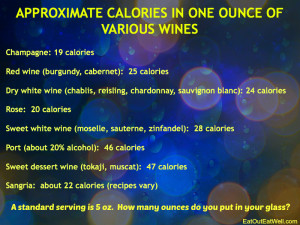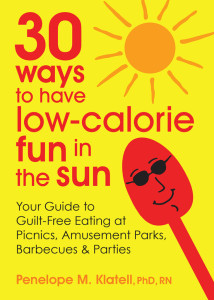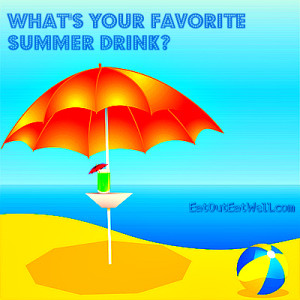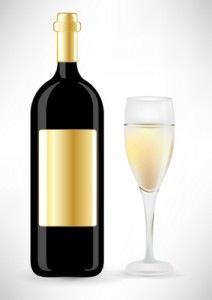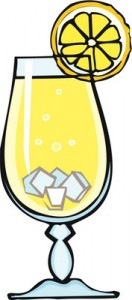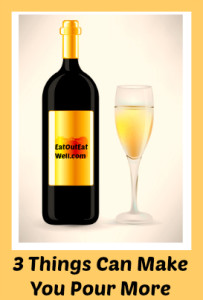 Do you know how many ounces of wine you pour into your wine glass? Bet you don’t!
Do you know how many ounces of wine you pour into your wine glass? Bet you don’t!
A standard serving of wine is 5 ounces (around 125 calories) and probably looks smaller than you think. Wine glasses generally have a much larger capacity — good for savoring the wine, but not good for pouring portion controlled amounts.
Even though we might think we’re in control of how much we’re pouring, visual cues definitely affect how much ends up in the glass.
3 Things That Make A Difference
A new study published in Substance Use and Misuse found that people poured 11.9% more wine into a wide glass than a narrow one. They also poured 12.2% more wine into a glass when the glass was held their hands rather than when they poured into a glass sitting on a table or counter.
Color contrast made a difference, too. People poured 9.2% more white wine into a clear glass than they did red. High contrast between the wine and the glass — for instance red wine in a clear glass — makes it easier to see the level of the wine.
Tip
If you want to be careful about how much wine you’re drinking, go for taller thinner glasses rather that shorter big-bowled ones; stick to red wine – or wine that has color contrast with your glass; and when you pour, put the glass on the table rather that holding it in your hand.
